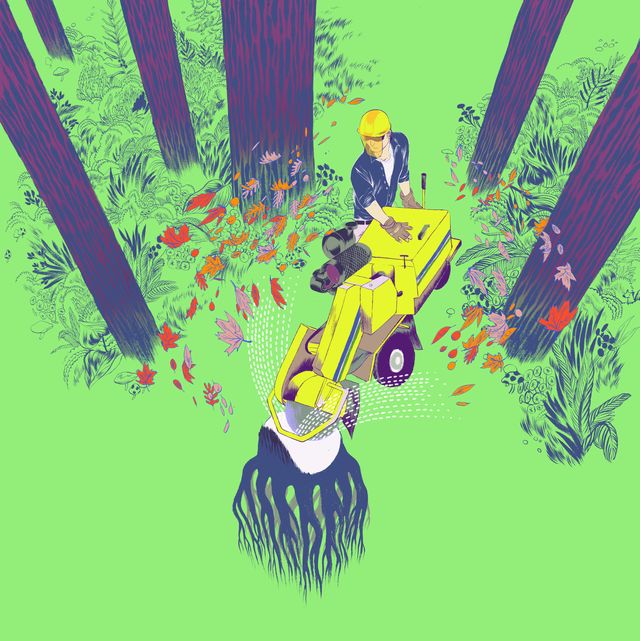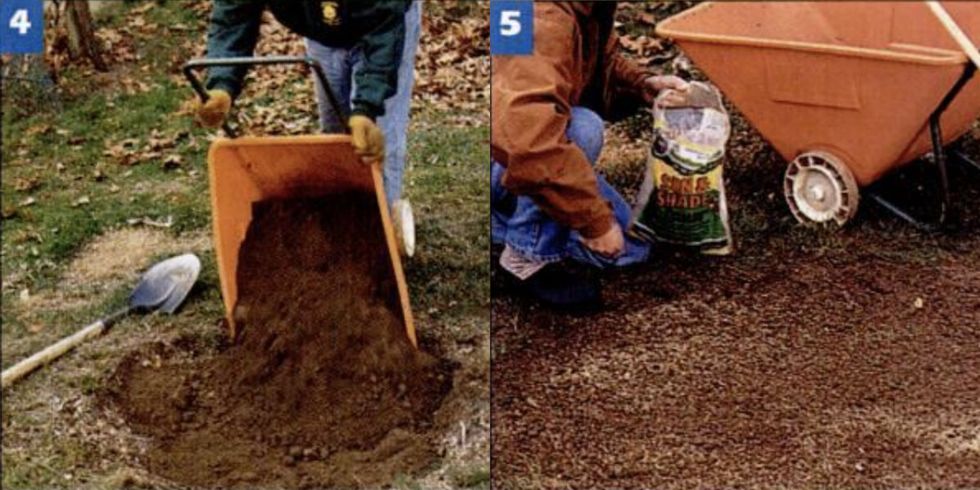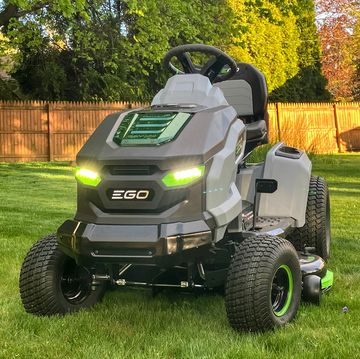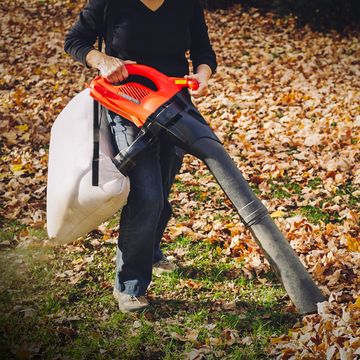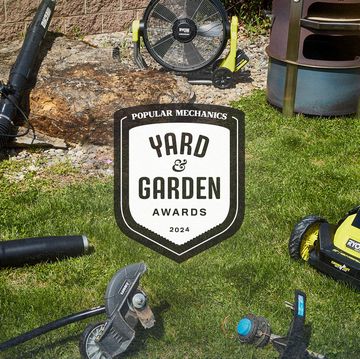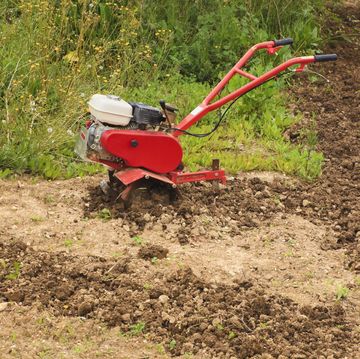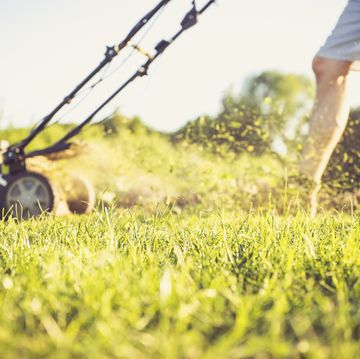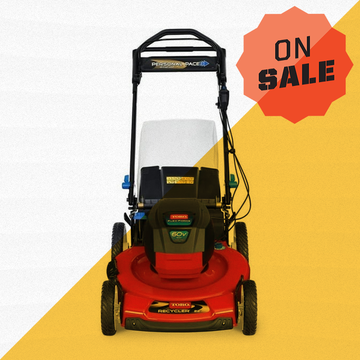There’s a sense of triumphant accomplishment that comes from cutting down dead or unwanted trees. (Not to mention the thrill of yelling, “Timber!”) But that feeling fades pretty quickly when you look down and see unsightly—and very stubborn—stumps.
If you hire a landscaper or arborist to cut down the trees, they typically leave the stumps behind, unless you pay an additional fee. Stump-removal prices vary widely across the country and are based on the diameter of the stump, but it typically costs between $100 and $200 to remove a stump that’s 24 inches in diameter or smaller. And that’s a fair price, if you’ve only got one stump to remove. But, if you have two or more stumps, you can save a considerable amount of money by renting a stump grinder.
A gas-powered stump grinder rents for about $100 per day, depending on the size of the machine. And if you share the rental expense with one or two stump-plagued neighbors, renting is definitely the more economical way to go. You'll need a vehicle with a trailer hitch to tow the machine, which weighs about 1,000 pounds. Or, for a nominal fee, most rental dealers will drop off and pick up the grinder.
⚠️Stump grinders are large and powerful—and potentially dangerous. Be sure the rental dealer explains the controls and shows you how to safely operate the machine. And never use a stump grinder without wearing work boots, and eye and hearing protection.
To remove the 30-in.-dia. red maple stump, I rented a Vermeer Model SC252 stump grinder. It has a powerful 25-hp engine and 16-in.-dia. cutting wheel that's studded with 16 forged-steel teeth. This is a loud, powerful machine with a sophisticated hydraulic system, but it's surprisingly simple to operate. But, before you crank up the motor and start grinding away, it’s important to prep the area for the stumpectomy.
Start by making sure all kids and pets are indoors, or if they’re outdoors, keep them well away from the area and under constant adult supervision. Then, use a round-point shovel or garden mattock to remove any rocks from around the base of the stump [1]. This is important because if the spinning cutting wheel hits a rock, it can shoot out like a missile and cause serious injury. Plus, rocks can dull or damage the teeth on the cutting wheel, which are expensive to replace.
Next, check the height of the stump. If it’s protruding out of the ground more than 6 inches or so, use a chain saw to trim it as close to the ground as possible [2]. While this step isn’t absolutely necessary, it will save you quite a bit of time because removing 6 inches of stump with a chainsaw is much quicker than using the grinder.
After donning the appropriate safety gear, start the grinder and drive it to within 3 feet of the stump. Use the hydraulic lever to raise the cutting wheel until it’s a few inches above the stump. Slowly drive the machine forward to position the wheel directly over the stump's front edge [3]. Engage the power lever to start the wheel spinning, then slowly lower it about 3 in. into the stump.
Next, use the hydraulic lever to slowly swing the wheel from side to side to clear out all the wood within the cutting range. Then, raise the wheel, advance the machine forward a few inches, and repeat the process. While operating the machine, always stand at the control panel, which is located near the rear of the machine and well away from the cutting wheel.
Little by little, continue grinding and advancing your way through to the other side of the stump. Raise the cutting wheel, shift into reverse, and return to the starting spot. Repeat the grinding process until the surface of the stump is at least 4 in. below the level of the surrounding ground. At this point, you can drive the grinder off to one side, away from the excavated hole.
Now, rake up all the wood chips and fill the crater with screened topsoil [4]. (The wood chips can be used as mulch in flowerbeds and around trees and shrubs.) Lightly rake the soil, spread out an even layer of grass seed, and then rake the seeds into the soil [5]. Water the area and cover the seeds with mulch hay.
Be sure to water the area every day for two weeks. Remove the hay once you see the grass seedlings poking through.
Joe is a former carpenter and cabinetmaker who writes extensively about remodeling, woodworking, and tool techniques. He has written eight books and is a contributing editor to Popular Mechanics. He also appears on the Today’s Homeowner TV show, and co-hosts the weekly Today’s Homeowner Radio Show. Joe writes from his home in Roxbury, Connecticut.
